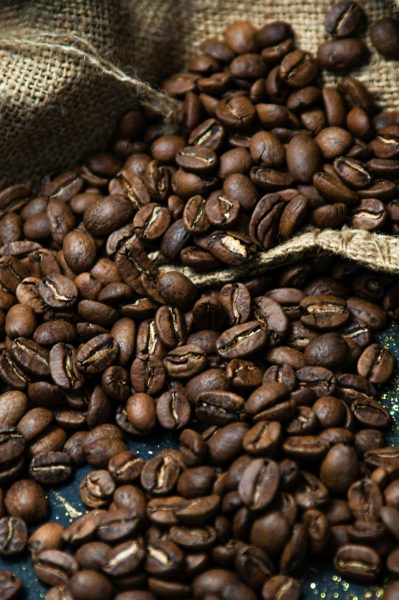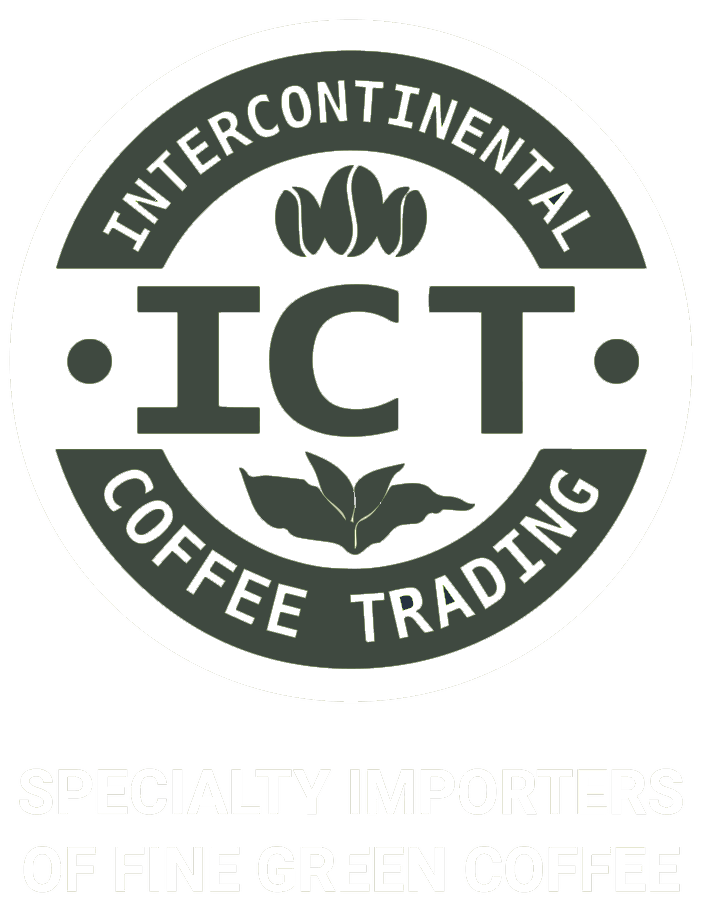
Decaffeinated coffee has often carried an unfair reputation. For years, customers associated decaf with muted flavors or lower quality. But as the specialty coffee industry has evolved, so has decaf. Today, sourcing high-quality decaffeinated coffee is not only possible, but also essential for roasters who want to serve every customer well.
At ICT Coffee, we believe decaf should be treated with the same attention as any other offering. Understanding how decaf is sourced and processed helps roasters make confident choices that satisfy their customers and strengthen their programs.
Why Decaf Quality Matters
Decaf may represent a smaller percentage of a roaster’s sales, but it often has some of the most loyal customers. People who drink decaf are not just drinking coffee for caffeine. They drink it for flavor and ritual, which means they notice quality differences.
Offering an exceptional decaf shows customers and wholesale partners that you care about every drinker. It also builds trust by demonstrating that your brand will not compromise on quality, even for a smaller market segment.
Decaffeination Processes
There are several ways to remove caffeine from green coffee, each with unique implications for flavor, sustainability, and marketing. At ICT, we source from all major methods, but most of our offerings are Swiss Water and Methylene Chloride because of their consistency and strong market demand.
Swiss Water Process
Swiss Water is one of the most recognized and respected methods in the specialty world. It is a chemical-free process that uses water and carbon filters to remove caffeine. By carefully balancing time and temperature, it preserves origin character while extracting caffeine.
Why roasters choose it:
- Appeals to health-conscious consumers seeking natural options
- Preserves bright acidity and complex flavors
- Strong consumer recognition and trusted branding
Swiss Water decafs tend to showcase nuance and clarity, making them an excellent option for single-origin offerings or roasters who want to highlight terroir in a decaf lineup.
Methylene Chloride Process
Methylene Chloride (MC) has been used for decades and remains one of the most reliable global methods. Coffee is soaked in water to expand the beans, then MC bonds with caffeine molecules and removes them. Regulations ensure the solvent is fully removed during roasting, making the process safe.
Why roasters choose it:
- Reliable, cost-effective, and widely available
- Retains body and sweetness, making it ideal for blends and espresso
- Provides consistent quality across large volumes
MC decaf is often the go-to choice when roasters want approachable, sweet, and balanced decaf at scale.
Mountain Water Process
This process, carried out in Mexico, is like Swiss Water but uses pure mountain water in a proprietary system. It gently extracts caffeine while preserving complexity and sweetness. Roasters often choose it for its clean cup profile and origin traceability.
Sugarcane (Ethyl Acetate) Process
Common in Colombia, this method uses a naturally derived solvent from sugarcane to remove caffeine. It often enhances sweetness and body, which makes it approachable and customer friendly. Sugarcane decaf also carries a strong story of using local agricultural byproducts, appealing to sustainability-focused markets.
Carbon Dioxide (CO₂) Process
This method uses pressurized CO₂ to selectively extract caffeine. It preserves delicate aromatics and is efficient, but less common in specialty due to cost and facility availability. Roasters who want cutting-edge technology sometimes highlight CO₂ decaf as a premium option.
Quality Considerations
Bean Selection
The most important factor in decaf quality is the coffee chosen before decaffeination. Historically, lower grade lots were used for decaf, which created the “bad decaf” reputation. Today, processors and importers like ICT select higher-quality coffees to ensure flavor integrity.
Flavor Development
Decaf processing can soften acidity and emphasize sweetness. Roasters should evaluate decaf for balance, body, and drinkability, rather than expecting it to taste identical to its caffeinated counterpart.
Roasting Decaf
Decaf beans often roast differently due to changes in structure and moisture content. Roasters may need to adjust charge temperature or development time. Paying close attention to airflow and heat application helps maximize flavor.
Decaffeinated coffee is no longer an afterthought. It is a vital part of a roaster’s lineup that deserves the same attention as any other offering. By understanding the different processes, sourcing high-quality lots, and roasting with intention, you can turn decaf into a product that builds loyalty and strengthens your program.
At ICT, we are here to guide you through decaf sourcing and provide the coffees and context that help you succeed.
